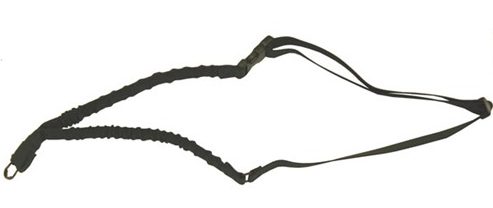AKs are manufactured with two distinct types of receivers—milled and stamped.
Milled receivers are created out of solid chunks of steel. All the internal guide rails, magazine well and latch surfaces, bolt locking surfaces, bolt carrier stop and the barrel and buttstock receiving sockets are cut from a single piece of metal.

As the name implies, stamped receivers are stamped from a sheet of steel and shaped in a series of bending processes that make them more cost-effective to produce.
The original AK-47, called a Type 1, was stamped but this process was discontinued, as the stamping and assembly technology at the time had unacceptably high rejection rates. As a result, the Soviet manufacturers went to milled receivers. The milled version was solid, but machining is a labor-intensive and, more expensive process. Hence, this line was terminated as well.
The Soviets eventually perfected the manufacturing methodology for stamped receivers (which are lighter than the milled versions) and are still produced today.
The differences between milled and stamped receivers are elucidated on the UltiMAK website.

Whether to purchase a milled or a stamped receiver will be one of the prospective buyer’s major decisions. From a structural point of view, there’s no question that the milled receivers are stronger and do not flex. However, milled receivers are generally more expensive.
Aesthetically, milled receivers are quite pleasing to the eye, and in this regard, most people would consider them superior.
From a purely practical point of view, they may not be your first choice. Milled receivers are inherently more robust, but they are not necessarily “better.”
While prettier, as alluded to above, they also are heavier than the stamped models. If you plan to do a lot of shooting offhand or lugging the rifle around for extended periods of time, heavy is not optimal. In addition to the weight factor, they also cannot use the more commonly available AKM-type aftermarket furniture.
If you’re just going to shoot off the bench, then it doesn’t matter.
As far as which type of receiver can take more punishment, the milled models purportedly last longer than the stamped versions. According to Ron Cheney, Director at Battlefield Vegas, a Las Vegas shooting range which features fully auto AKs, stamped receivers of every brand usually suffer a “catastrophic failure” (cracked trunion) at 80,000-100,000 rounds.
In Cheney’s experience none of the stamped receivers, regardless of price or provenance, fare much better than others as far as longevity. His facility features rifles from different manufacturers including Saiga, Arsenal, Norinco, WASR and others of Hungarian, Polish and Serbian origin. He had particular praise for the much maligned WASR, which he said held up just as well as the higher priced AKs. Cheney said that none of the rifles with milled receivers (to date) has failed due to a cracked trunnion.
What does this mean for the average person?
Probably, not much. First off, very few people will shoot an astronomical number of rounds through a rifle, much less in a fully automatic mode. Cheney reckons that the average stamped AK that is shot semi-auto should last even longer than 100,000 rounds. Unless you’re planning to open up a rifle range, either a stamped or a milled receiver will serve you well.


















